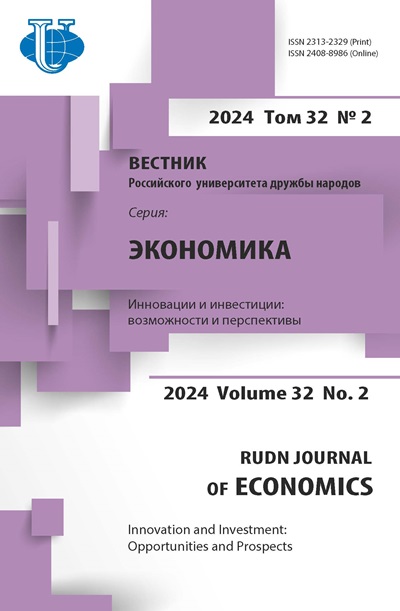Abstract
The relevance of international integration issues stems from the tendency of similar economic systems to unite in order to achieve mutually beneficial effects against the background of deglobalisation processes that have become an integral part of the capitalist world in recent decades. The tense geopolitical situation affecting the whole world against the backdrop of the international trade crisis calls into question the further hegemony of the Western world in the context of non-equivalent capital exchange. One of the approaches to analyse the effectiveness of the established global way of doing business is the worldsystem. This study examines the Eurasian Economic Union through the prism of the worldsystem approach. The aim of the research is to identify problems and possible prospects for the development of integration in the context of the world-system. In addition, research considers the issues of mutual investment and labour migration in the EAEU member states, reveals the specifics of the economy of the Union, points out the existing problems facing it and the possible ways to solve these problems in order to further develop integration processes between the member states.
















